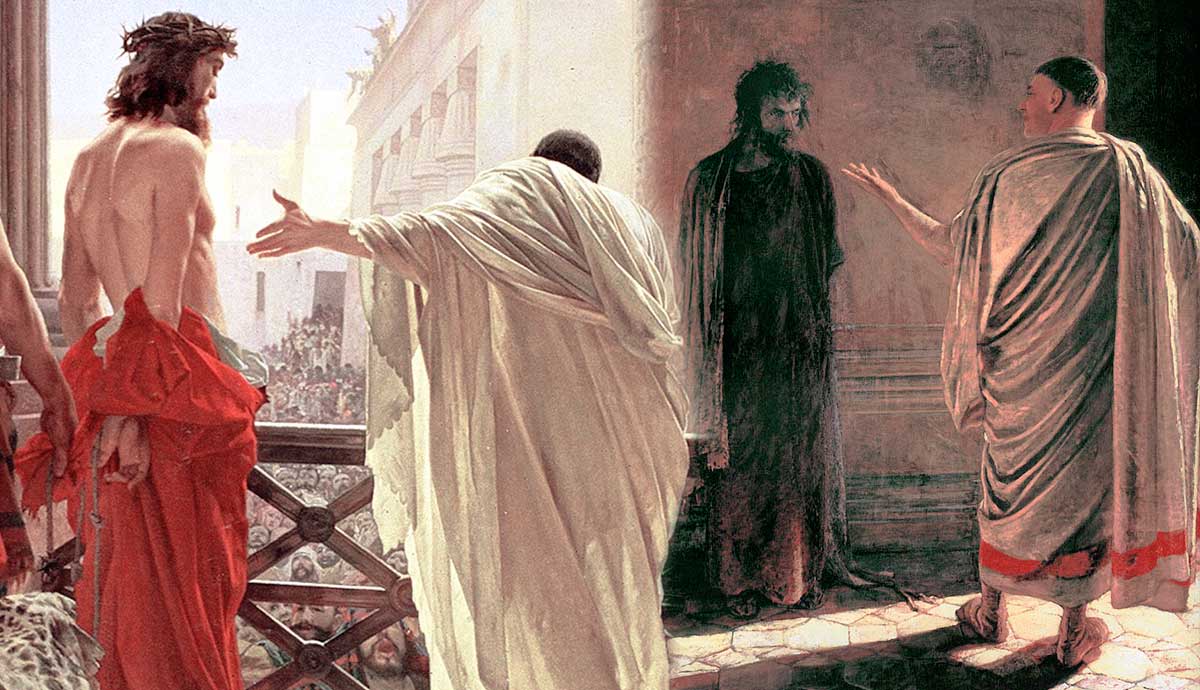
David Bowie was one of the twentieth century’s most influential musicians, actors, and performers. His multiple personas were nothing short of creative magic that harnessed audiences to his sound and vision. Bowie created and inhabited multiple personas, including Ziggy Stardust, Aladdin Sane, and the Thin White Duke. Throughout his career, he starred in several films and continued to innovate musically and re-invent his image. Just two days after his 69th birthday he turned his own death into a piece of art, with the release of his final album, Blackstar (2016).
Ziggy Stardust

“Ziggy,” David Bowie once explained, “was my Martian messiah who twanged a guitar.” The Rise and Fall of Ziggy Stardust and the Spiders from Mars (1972) was the first major David Bowie album to combine his music with theatrical performance art.
The tale of Ziggy Stardust tells the story of an androgynous alien rock star who arrives on Earth, to prophesize the coming of a starman, destined to save the world from impending doom. Ziggy’s message of hope for the world attracts a massive following yet ultimately leads to his demise – he falls victim to his own fame and extravagance and dies.
Ziggy Stardust’s exploration of alienation, fame, and youthful hope and rebellion catapulted David Bowie to global fame. His iconic androgyny and future-glam rock style caused a sensation. Perhaps more than any other Bowie album Ziggy Stardust left a profound mark on modern music, fashion, and popular culture.
Aladdin Sane

David Bowie’s follow-up to Ziggy Stardust was the highly influential, Aladdin Sane (1973). The album’s name is a pun on “a lad insane” – Bowie himself described it as “Ziggy Stardust Goes to America.”
Following Ziggy’s warnings about the perils of fame, Aladdin Sane represented an ironic turn in Bowie’s career. Aladdin Sane was the first Bowie record to be written from a position of stardom. While touring America with the Ziggy Stardust material, Bowie found himself caught between wanting to play his songs and becoming exhausted by the rigors of a US tour.
The result was a short-lived new persona that reflected Bowie’s purported sense of fracture and inner turmoil. Musically, Aladdin Sane introduced a harder rock edge to Ziggy’s signature alien-glam rock sound. The album’s cover image, of Bowie with a lightning bolt across his face, is undoubtedly one of his most iconic.
The Thin White Duke

Around the mid-1970s David Bowie began a long – and somewhat twisted – transformation into the persona known as the Thin White Duke. While Bowie had made previous references to the occult in his music, after 1975 his interest turned into an obsession. Now living in America, he descended into a state of extreme paranoia, living for nearly two years on a diet of milk, peppers, cigarettes – and copious amounts of cocaine.
At the height of his paranoia, David Bowie believed that the devil was living in his indoor swimming pool and that Jimmy Page of Led Zepplin was a powerful warlock determined to cast harmful spells against him.
Most controversially, amidst the fog of full-blown psychosis, he also became obsessed with Adolf Hitler and the Nazis. As the Thin White Duke, he made several pro-fascist statements to the press and once referred to Hitler as “one of the first rock stars.”
Bowie on Screen

David Bowie’s performances on stage were famously theatrical and often conceived from the point of view of a theatre production. His inhabited personas, from Ziggy Stardust to the Thin White Duke, all came with their own aesthetic, backstory, and vision. Bowie was committed to the visual – off stage he made several visionary music videos and short films to promote his music. Unsurprisingly he was also drawn to film.
He starred in the 1976 sci-fi thriller, The Man Who Fell To Earth (1976), and put in memorable performances as Jareth the Goblin King in Labyrinth (1986) and Pontius Pilate in Martin Scorsese’s The Last Temptation of Christ (1988).
In his final film appearance, he played Nikola Tesla in Christopher Nolan’s psychological thriller, The Prestige (2006). According to Nolan only a man of “extraordinary charisma with a strange aura” could play Tesla, the man behind the origin myth of the “mad scientist” – he sought out Bowie specifically for the role.
David Bowie’s Final Act

David Bowie’s final gift to the world was his own death. His final album, Blackstar (2016) was released to coincide with his 69th birthday. He died surrounded by his family after an 18-month-long battle with cancer on 10 Jan 2016 – two days after the album’s release. In his final single, Lazarus, Bowie crafted his swansong. The music video features him on his deathbed, with bandages and buttons sewn over his eyes, frantically writing, and singing of “scars that can’t be seen.”
The song opens with the lyrics “Look up here, I’m in heaven” – the video ends with a frail David Bowie retreating backward, as if driven by a higher power, into a closet, and closing the doors behind him. For those who study the universe, a “Blackstar” refers to the final stage in the lifecycle of a star, before it collapses in on itself and “dies.” Bowie’s Blackstar reflects on his legacy and offers an artistic farewell.










